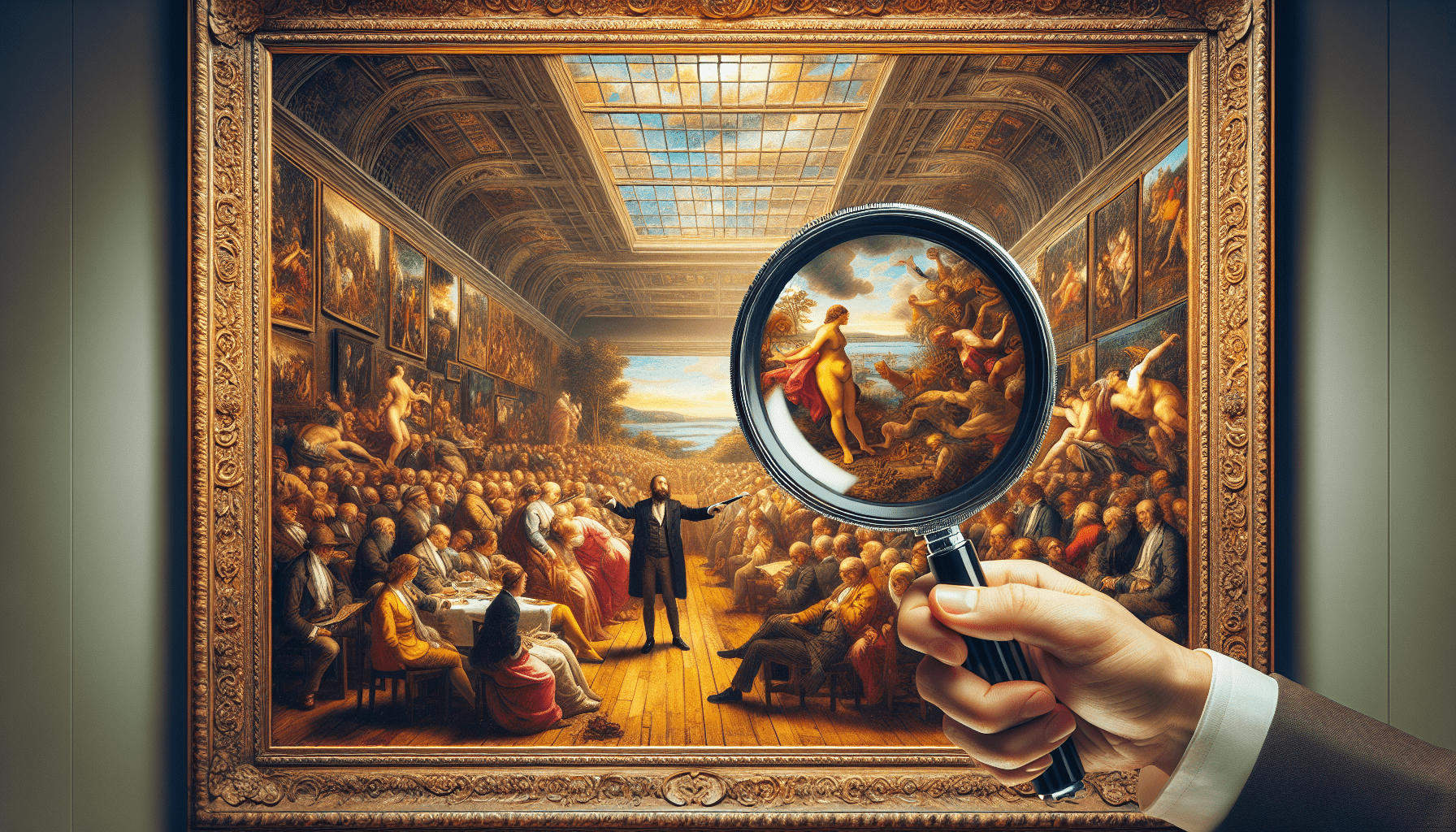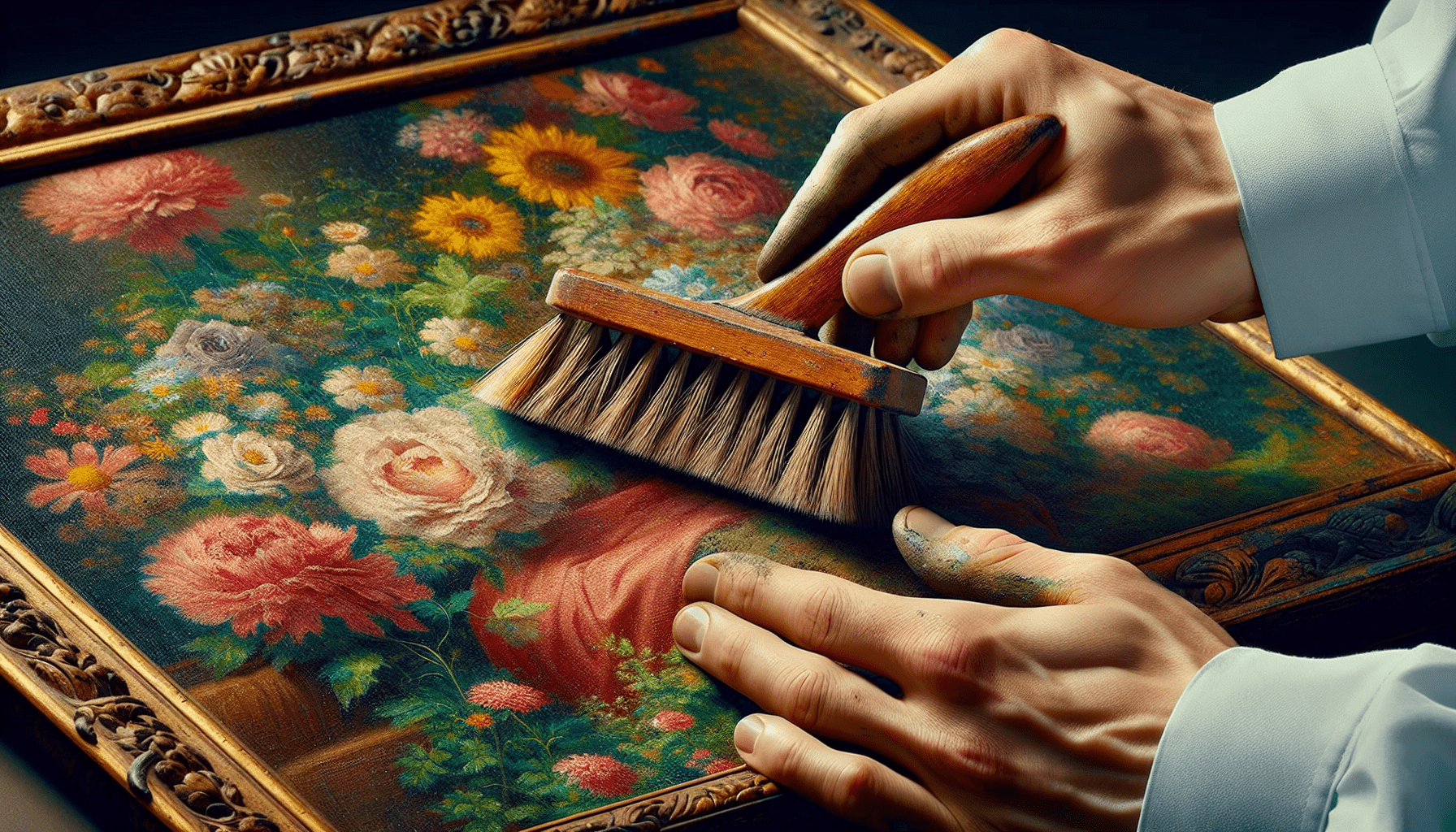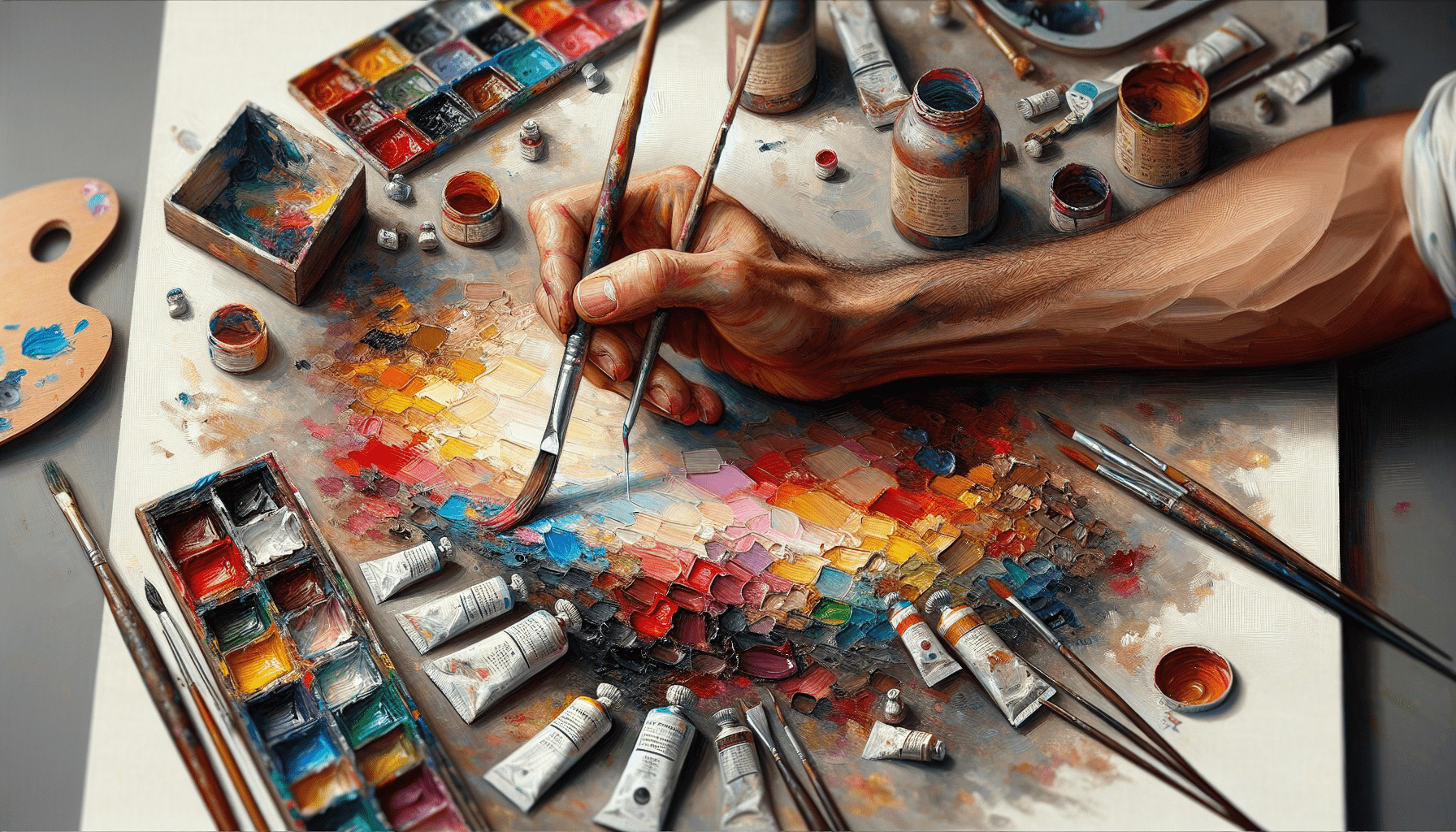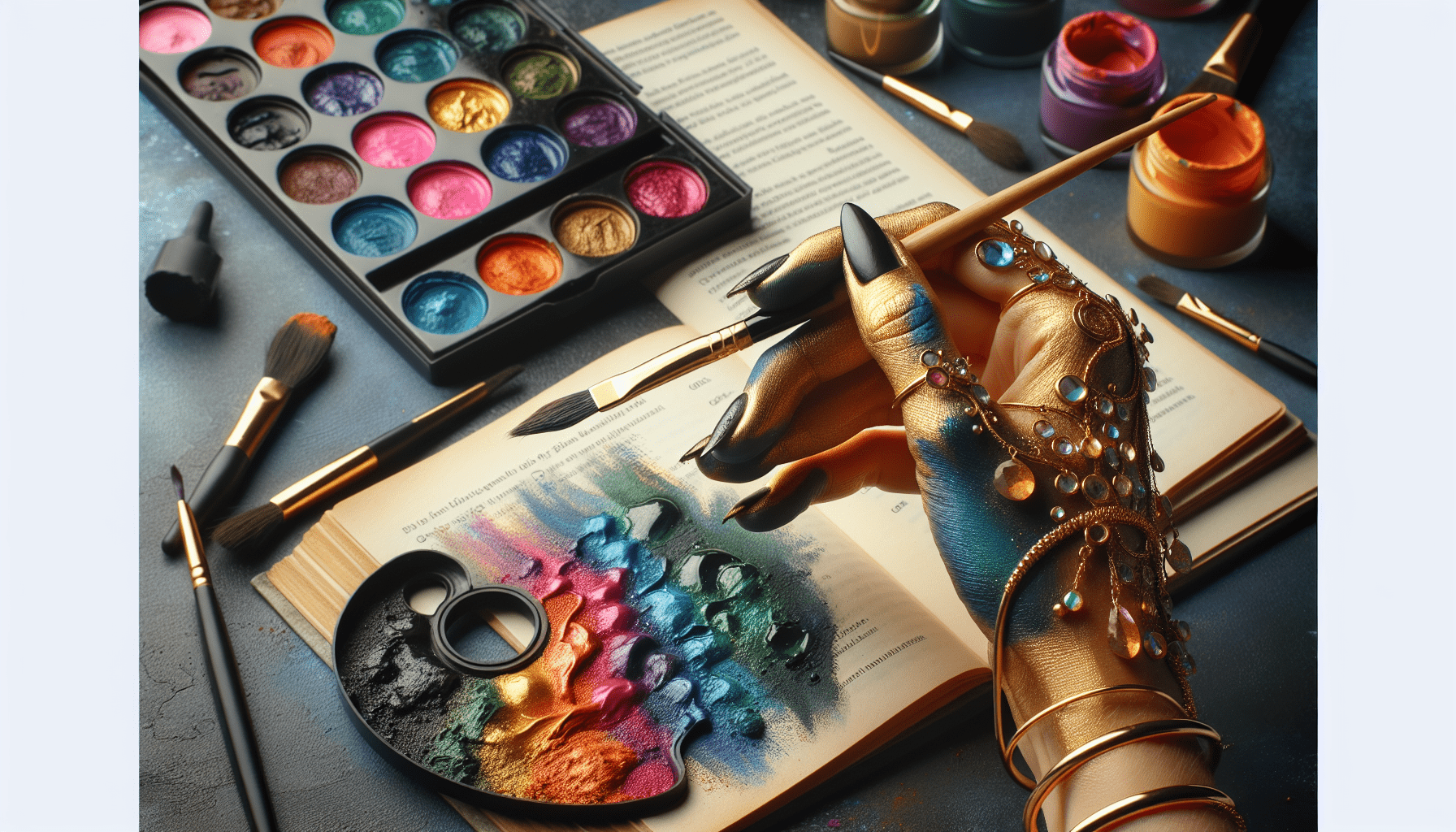As an art enthusiast or collector, you comprehend the importance of authenticity. “How To Spot Fake Oil Paintings” is an indispensable guide crafted specifically to empower you with the knowledge and skill needed to separate genuine masterpieces from clever imitations. With an emphasis on familiarizing you with the intrinsic aspects of true oil paintings and how they contrast with fakes, this article provides practical insights and expert recommendations to navigate the complex world of art collection. With this guide, you will be poised to make informed decisions, safeguard your investments, and enjoy pure, unadulterated artistry.
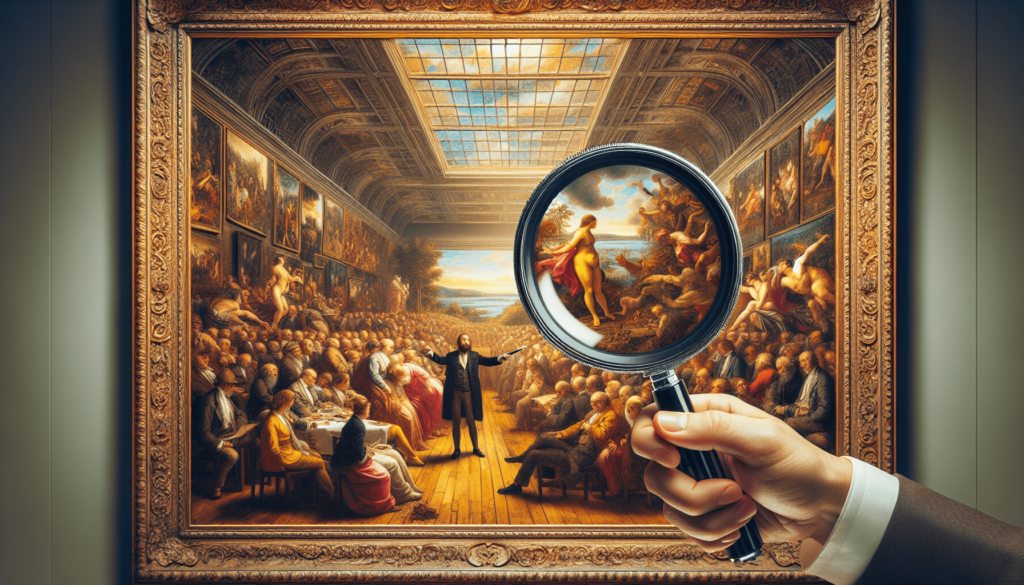
Preliminary Inspection
Before you dive into the intricate details of your potential oil painting, it is important to conduct a quick overall inspection. This preliminary look-over will give you an initial sense of the authenticity of the artwork.
Check the Canvas and Stretcher Bars
Look closely at the canvas and stretcher bars. The canvas should be well attached to the stretcher, and it must be sturdy but supple. Old canvases often show signs of age, such as minor discoloration or staining. The stretcher bars, also, can give clues about the painting’s age. Antique stretchers are typically made from solid, heavy wood, with imperfect corners, while modern stretchers are more neat and lightweight.
Examine the Signature and Artist Information
The signature of the artist should not be overlooked. It can often provide helpful insight into authenticity. Familiarize yourself with the artist’s signature style. Does it match others on verified works? Also, keep in mind that original art is usually signed while reproductions are not.
Feel the Texture of the Paint
Running your hands across the surface of the painting can be very informative. Authentic oil paintings have a unique texture that’s difficult to accurately reproduce. The paint should be slightly raised and the brush stroke pattern should be felt.
Analyzing the Color and Pigments
Color and pigments used by the artist hold significant clues to the authenticity of an oil painting.
Understand the Color Palette of the Artist
Every artist has a distinct color palette they prefer to use. Knowing the artist’s traditional color palette can help you determine if the painting you’re analyzing matches their known works.
Look for Inconsistencies in the Colors Used
Inconsistencies in the colors used in a painting can suggest the work is not an original. If the color scheme deviates significantly from that which the artist is known to use, you need to delve deeper or seek professional opinion.
Check for Cracking or Flaking
The age of the oil painting can often be determined by the degree and pattern of cracking or flaking present on the paint surface. Authentic old paintings tend to have ‘craquelure’, fine network of cracks, which are a natural result of the aging process.
Study the Brushwork
This involves closely examining the way the paint has been applied to the canvas.
Observe the Brushstrokes
Every artist has a specific technique and style when it comes to brushwork. Learning to recognize these can be useful in verifying authenticity.
Check for Uniformity and Precision
Hand-painted oil paintings depict expressive and dynamic application of paint. If the brushstrokes have uniformity and precision, especially in areas of fine detail, it could be a sign of mechanical reproduction.
Look for Evidence of Mechanical Reproduction
A major giveaway of a fake oil painting is evidence of mechanical reproduction. If you spot patterns that are too perfect, pixelation, or uniform layers of colors, these are all signs of a mechanically reproduced painting.
Assess the Composition and Perspective
An important part of judging the authenticity of a painting is analyzing its composition and perspective.
Analyze the Overall Composition
The arrangement of elements within the painting should make sense and be balanced. Any glaring differences from the artist’s typical composition style could be a red flag.
Check for Correct Proportions and Symmetry
Original artists take great care to ensure that the proportions and symmetry within their work are balanced and accurate. Anomalies in these areas may indicate a forgery.
Evaluate the Depth and Perspective
The ability to create depth and perspective is a skill achieved only by experienced artists. If something seems off with the way objects are rendered or the view direction seems inconsistent, you should approach the painting with caution.
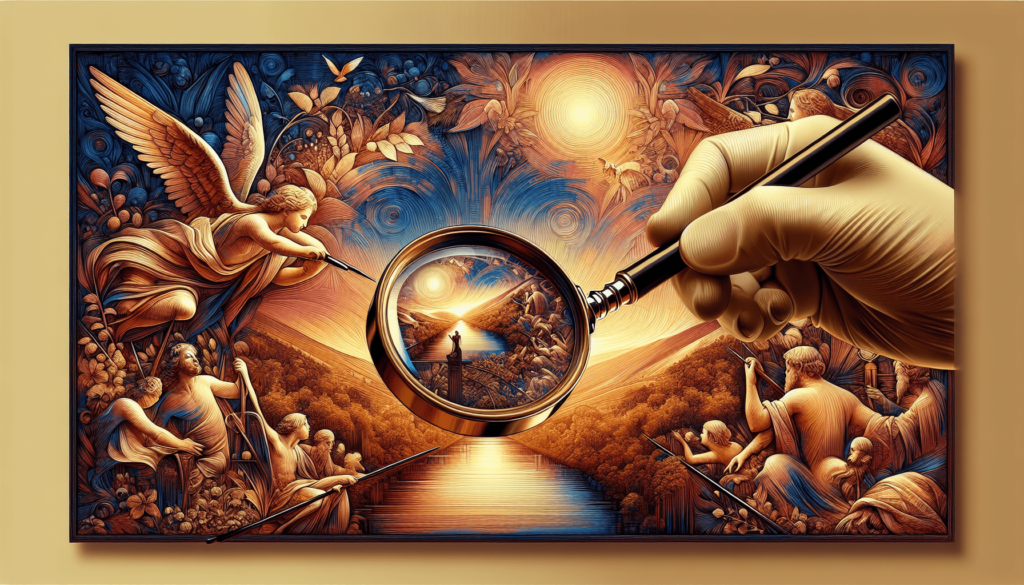
Examine the Age and Wear
One of the effective ways to spot a fake oil painting is by examining signs of age and wear.
Look for Signs of Aging
Authentic oil paintings will show natural signs of aging over time. These can include fading, discoloration, or even slight damages like small tears in the canvas.
Check for Craquelure or Crack Patterns
Craquelure, a pattern of fine cracks, is common in old paintings. However, artificial craquelure can be induced to give a fake painting an older look, so watch out for excessively uniform patterns as these might be a sign of forgery.
Assess the Condition of the Varnish
Over time, the varnish used on paintings can discolor or become matte due to aging. A newly varnished piece claiming to be old or an old-looking piece without any varnish discoloration hints towards a counterfeit.
Verify the Authenticity
Determining the authenticity of an oil painting involves comprehensive research and consultation with experts.
Research the Provenance
Provenance pertains to the documented history of who owned the artwork and where it has been. If a painting’s provenance cannot be verified, it raises serious doubts about its authenticity.
Consult with Experts or Appraisers
An expert’s opinion can be invaluable when determining the authenticity of a painting. These professionals have the experience and knowledge to spot tell-tale signs of a forgery.
Request Documentation or Certificates of Authenticity
If available, always request any documentation or certificates of authenticity that accompany the artwork. Be aware, however, that these can be forged, so it’s important to verify their sources as well.
Use of Modern Materials
While historical artists were constrained by the materials available in their time, modern forgers have access to a much wider range of resources. Checking for them can aid in spotting a fake.
Check for the Use of Modern Pigments
Modern pigments that were not available at the time the original artwork was created is a clear indication of a forgery.
Look for Fluorescent or Iridescent Colors
Fluorescent or iridescent colors are a modern invention and their presence points towards an attempt to create an artificial aged look.
Evaluate the Presence of Polyester Canvas
If the painting is on a polyester canvas, it’s a clear indication that the painting was not created before 1950s, since this material was not invented until then.
Assess the Seller and Price
The circumstances surrounding the sale of the artwork can also provide significant clues about its authenticity.
Be Cautious of Suspiciously Low Prices
If the price seems too good to be true, it probably is. Authentic artworks by renowned artists tend to have high prices reflecting their value.
Research the Reputation of the Seller
A respectable seller will be transparent about the painting’s history and will have good credentials in the art world.
Consider the Legitimacy of the Sales Venue
Authentic art objects are frequently sold at auction houses and renowned galleries. Be wary of unknown online platforms or flea markets where forgeries are common.
Compare with Known Authentic Works
A comparative analysis with known authentic works of the artist is a useful tool.
Study and Compare with Verified Paintings
By comparing the potential purchase to verified works by the same artist, you can discern stylistic and technical consistency.
Look for Similarities in Style and Technique
A fake may have slight or glaring differences in the artist’s style, technique or subject matter from verified works.
Consult with Art Experts or Galleries
Art experts or galleries specializing in the artist’s work can provide useful insights and help to identify authenticity.
Seek Professional Opinion
Finally, it’s best to consult a professional for an expert opinion.
Engage an Art Appraiser or Conservator
Having your artwork inspected by an art appraiser or conservator can be incredibly helpful in verifying authenticity. They have both the expertise and tools necessary to conduct a thorough examination.
Request a Detailed Examination Report
A detailed examination report from the art appraiser or conservator can provide extensive insights along with an estimate of value, which can be essential if you intend to insure the artwork.
Take Advantage of Technological Tools and Scientific Analysis
New technologies like infrared imaging, ultraviolet examination, and pigment analysis offer ways to examine artworks in greater detail and can provide definitive proof of authenticity. Well-established and reputable professionals should have access to these resources.
In conclusion, identifying a fake oil painting involves careful examination and due diligence from assessing the physical painting to researching its provenance and consulting the professionals. With the right knowledge and tools, you can navigate the art world confidently and secure genuine masterpieces.
